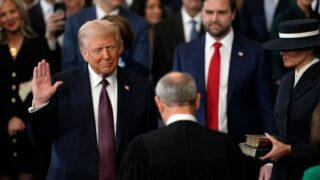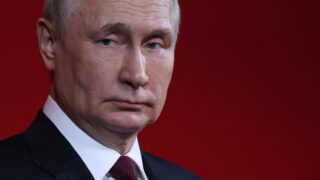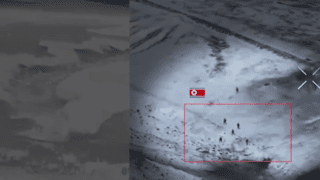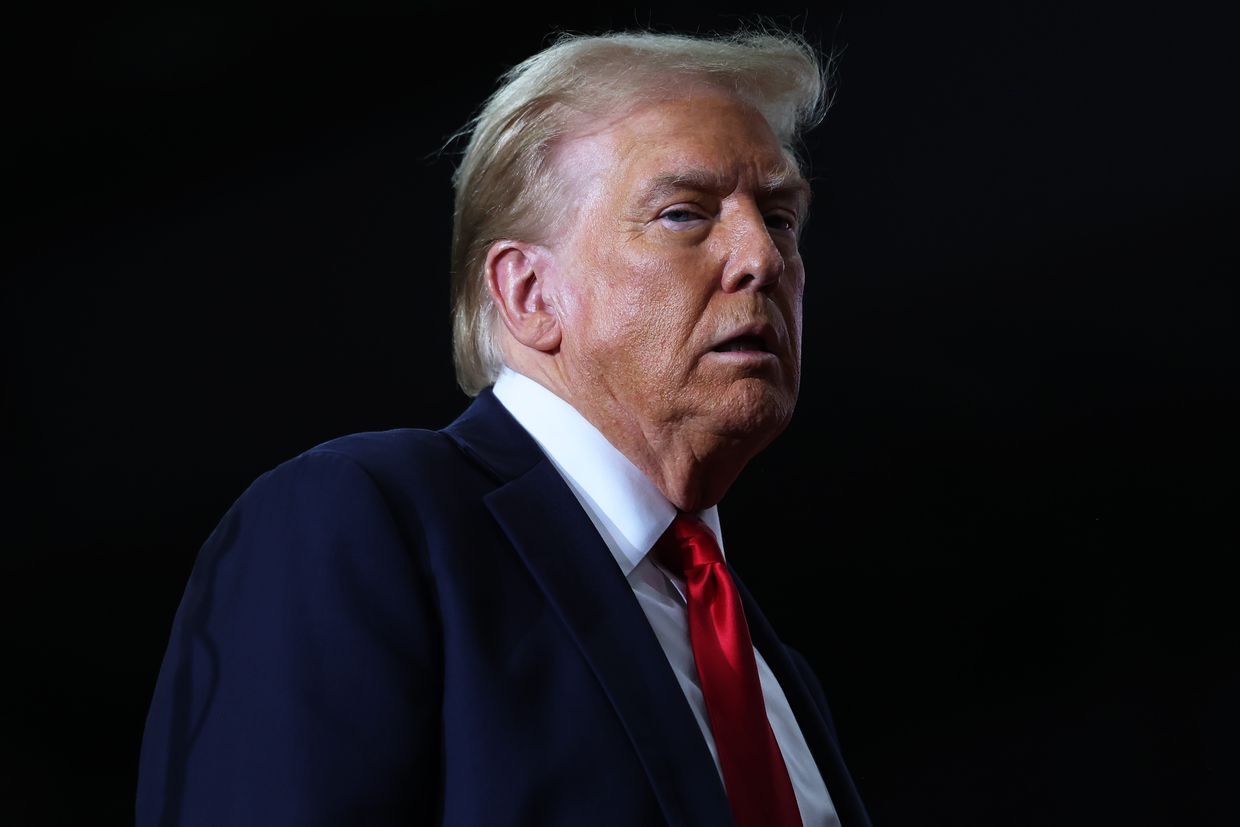
Trump's China strategy hinges on crippling Russia’s economy
U.S. President-elect Donald Trump is determined to confront China economically and strategically. This is a difficult problem, because so many goods purchased in the United States have supply chains with deep roots in the Chinese manufacturing base.
If new U.S. tariffs cause the Chinese renminbi to depreciate, as seems likely, Chinese products will remain competitive, at least in the short run; and if the cost of Chinese imported goods in the U.S. actually rises, this will squeeze lower-income Americans and undermine the competitiveness of American manufacturers that currently use imported components.
The proposed tariffs and associated bluster may induce global companies to shift manufacturing from China to Vietnam, Mexico, and other lower-wage countries, but will not bring many good jobs back to the U.S. But Trump could score a quick and impressive win against China: by turning Russia entirely out of Ukraine and restoring the pre-invasion borders.
"But Trump could score a quick and impressive win against China: by turning Russia entirely out of Ukraine and restoring the pre-invasion borders."
Such a dramatic diplomatic coup would boost U.S. prestige around the world and strengthen Trump’s hand in dealing with China on other issues. It would also be straightforward: Russia is heavily dependent on oil exports, and Trump can cut Russian net revenue from these exports to essentially zero from his first day. Without this revenue, the Russian war machine will grind to a halt.
Russia has a relatively small economy. Its GDP in 2024 will be around $2.2 trillion, which is less than 8% of the U.S. economy. Russia punches above its economic weight, literally and metaphorically, by allying itself with Iran (for drones and other military equipment), with North Korea (for artillery shells and soldiers), and with China (for essential components and consumer goods). In this Alliance of Aggression, China has by far the largest economy, and Russia has effectively become a client state.
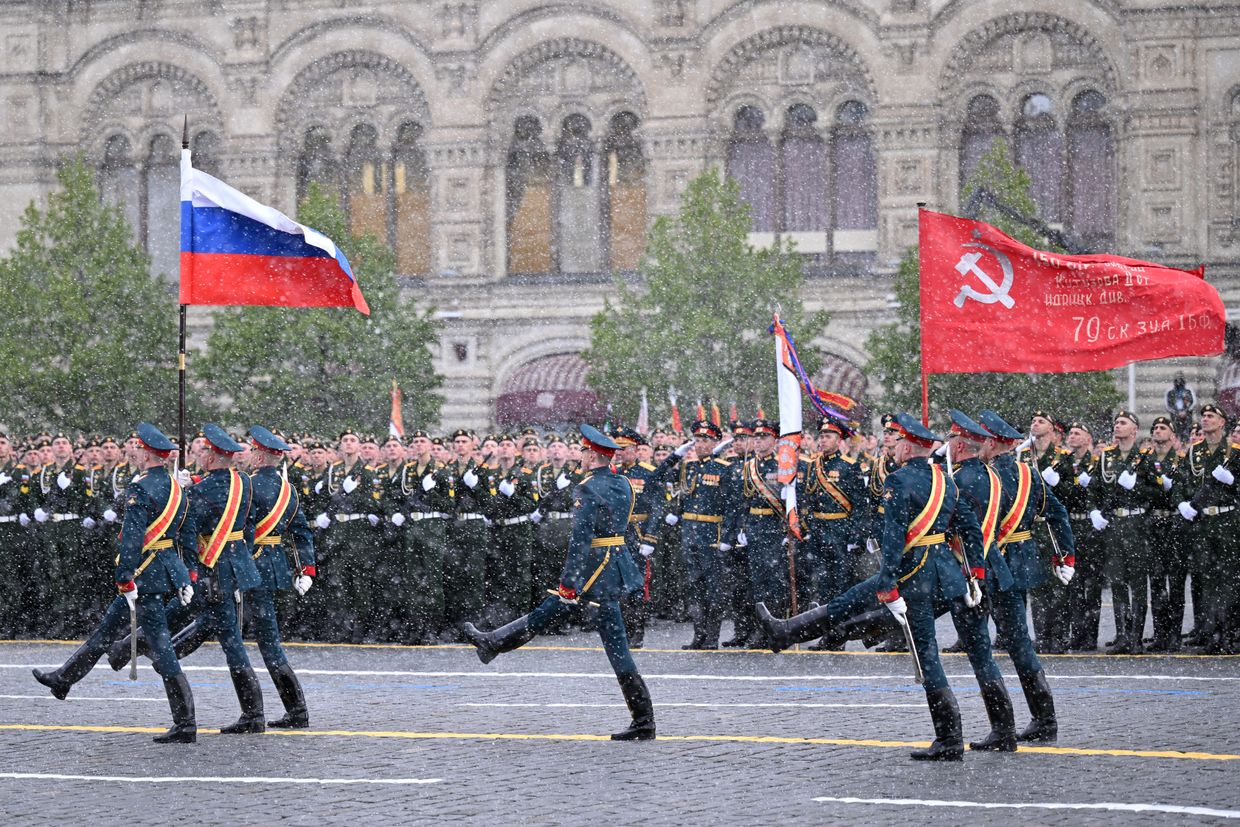

Russian President Vladimir Putin sought tacit approval from Chinese President Xi Jinping before invading Ukraine in 2022. According to credible sources, Xi asked Putin to wait until after the Winter Olympics in Beijing, and Putin did as he was told. He was wise to be deferential: in 2023, China supplied more than 50% of all Russian battlefield-related imports (including critical components for the Russian army) with a total value of some $5.5 billion. Without the ongoing availability of Chinese components, Russia’s stock of missiles would be quickly depleted, and air superiority should shift decisively in favor of Ukraine.
"Without the ongoing availability of Chinese components, Russia’s stock of missiles would be quickly depleted, and air superiority should shift decisively in favor of Ukraine."
China does not provide these goods to Russia (or anyone) for free. Nor is it interested in Russian debt — China’s leaders do not trust Putin’s ability and willingness to repay. This means that running the Russian war machine on Chinese components requires cash on delivery (or even advance payments).
Russia generates that cash by selling oil for U.S. dollars. Almost all other Russian exports are quite small, owing to sanctions. But the G7 and the European Union agreed to keep Russian oil on the world market, largely because Russia is such a large supplier — about eight million barrels per day (daily global consumption is about 100 million barrels).
On his first day in office, Trump can announce that he will impose heavy U.S. sanctions on any company that pays more than $15 per barrel for Russian oil (and on anyone who participates in any transaction above that level). Any country that is deemed not to be fully cooperative with this policy should expect to face punitive tariffs.
As Trump knows well, threats are sometimes most potent when no action is taken. During his first administration, he wanted Mexico to close its southern border with Guatemala, so he announced that he would raise tariffs every week until action was taken. The Mexican government saw this as a crazy threat, but one that was entirely credible, and they deployed their security forces to close the border. The additional tariffs stayed on the shelf.
U.S. President Joe Biden’s administration worked long and hard to negotiate a G7-EU price cap on Russian crude, which currently stands at $60 per barrel. But while this initiative was a welcome example of cooperation among Ukraine’s allies, at this price Russia still earns substantial revenue, because its marginal costs of extraction are low ($15-20 per barrel). Trump’s preference for unilateral action backed by bombast and vague threats would fit the moment well.


To the extent that more oil moves from Russia to China, the “shadow fleet” of tankers that transport it should be harassed at every opportunity, pushing up operating costs and further squeezing Russian margins. Impound a few shadow tankers for suspected sanctions violations and watch the price of transportation for Russian oil soar.
Even at $15 per barrel, Russia will likely continue to pump as much oil as it can, because Putin is so desperate for cash. But what if Trump’s threats and actions push up the world oil price? This would please Trump’s allies in the fossil-fuel industry immensely, while also encouraging and justifying more oil and gas exploration. (Yes, this is bad for the climate, but we are discussing Trump’s realpolitik here, including what will get Congress fully on board with his “Drill, Baby, Drill” agenda.)
A much lower oil-price cap, backed up with stronger sanctions against companies and countries that trade illegally with Russia, would leave Putin with no choice but to withdraw from Ukraine. That, in turn, would send a powerful signal to the Alliance of Aggression, and to the Chinese leadership in particular: Anyone who attacks a neighbor will suffer crippling economic consequences.
Editor’s Note: Copyright, Project Syndicate. This article was published by Project Syndicate, and has been republished by the Kyiv Independent with permission. The opinions expressed in the op-ed section are those of the authors and do not necessarily reflect the views of the Kyiv Independent.


Stay warm with Ukrainian traditions this winter.
Shop our seasonal merch collection.
const stayWarmWithUkrainian = document.getElementById(“stay_warm_with_ukrainian__snippet__link”);
stayWarmWithUkrainian.addEventListener(“click”, () => {
window.dataLayer?.push({
event: `InternalLinkClick`,
element_category: “Snippet”,
element_name: “E-store-christmas”,
target_url: “https://store.kyivindependent.com/collections/winter-collection”,
target_text: “Shop Now”,
});
});
Source link











